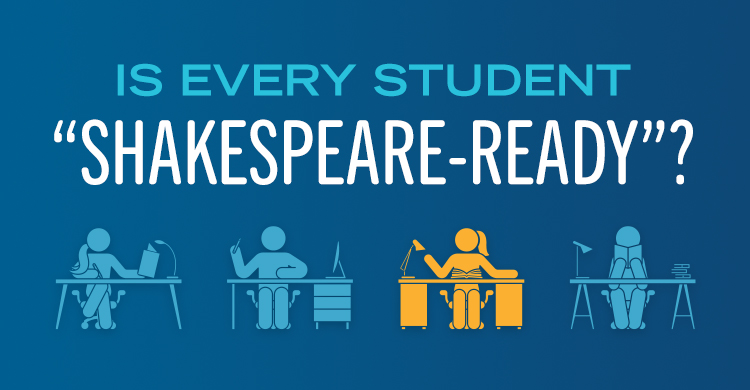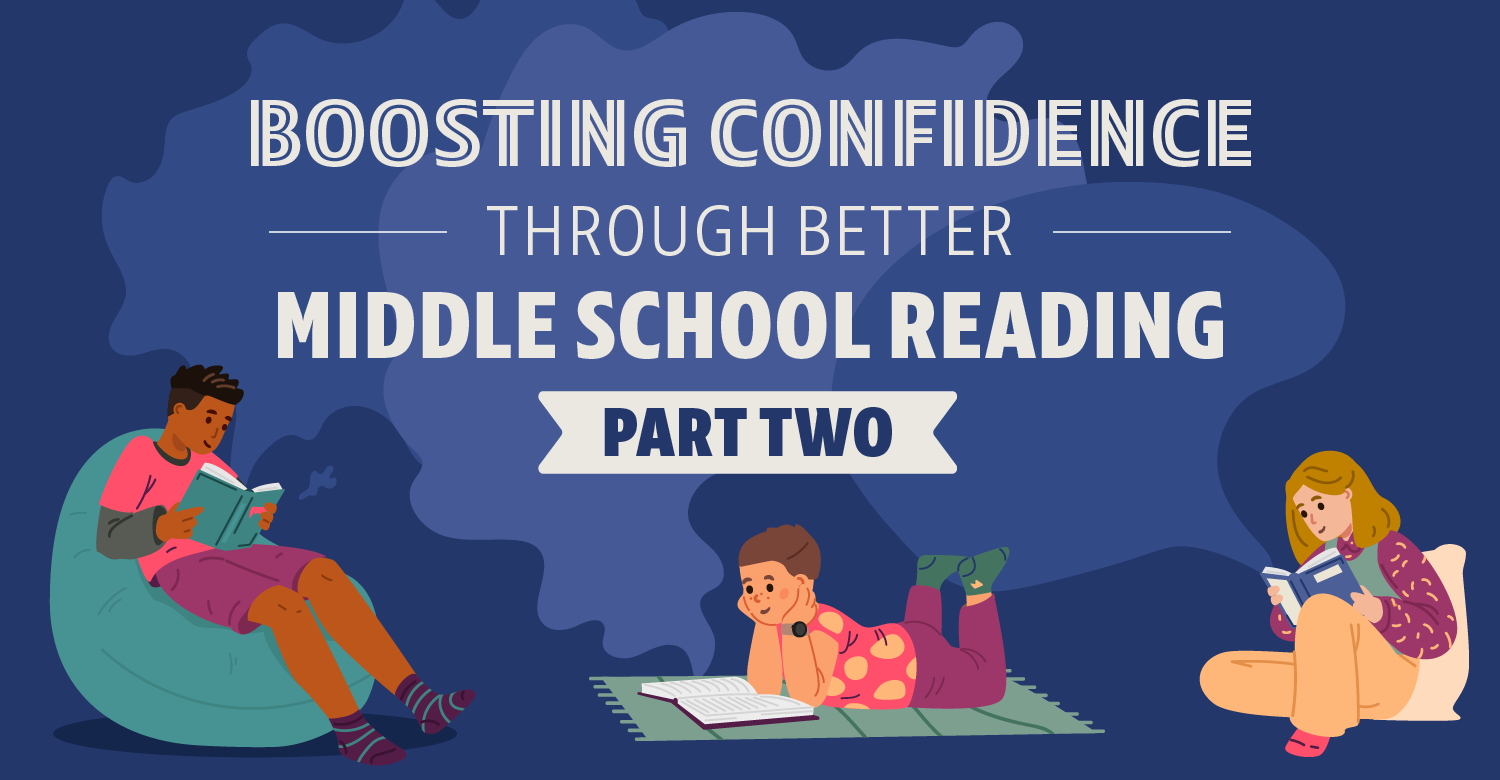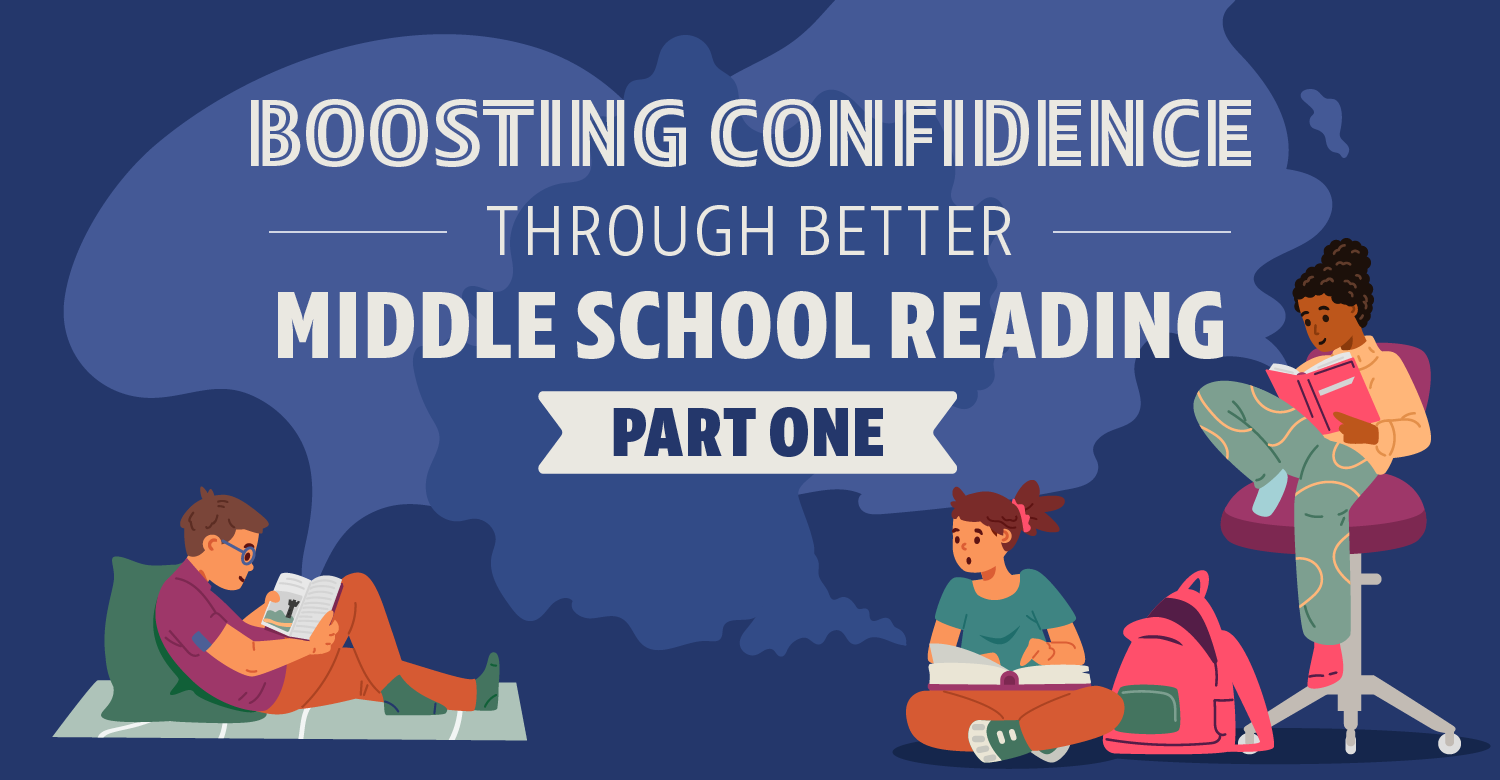When I was young enough to still need a babysitter, my parents gave me a choice. I could go with them to a live production of Shakespeare’s “The Taming of the Shrew” and sit in the balcony with one of my big brothers (I have four). Or, they’d find a babysitter. My dad quipped, “A ticket will cost less than a sitter, so it’s up to you.” Well, my brother was on leave from the military. A whole evening with him sounded better than a babysitter.
We had a great view of the thrust stage, but when the play began, I could not understand the actors. Looking at the prologue now, I still can’t quite fathom lines like, “Therefore paucas pallabris, let the world slide. Sessa!” (Prologue, scene 1, line 3).
I certainly wasn’t going to admit I’d made the wrong choice, and I couldn’t leave, so I kept watching and listening. So, as the audience laughed and my brother leaned forward, I did the same.
About 15 minutes in, a funny thing happened. The play started making sense! The story line wasn’t all that different from the silly old movies we watched as a family. Yes! I can do Shakespeare! I realized. I’m not recommending you take a group of 10-year-olds to see a play that needs a whole lot of explanation about gender roles and misogyny, but I will ask you this: at what grade level do you think the students you teach would be ready to study a Shakespearean play?
If you’re thinking that some sort of reading assessment might let you know, I guarantee I wouldn’t have scored Shakespeare-ready when I attended that play. And no, I wasn’t a theater prodigy. I was, though, in what Lev Vygotsky called the “zone of proximal development” (Yasnitsky, 2018) where with guidance, I could learn. Perhaps you’ve seen diagrams of that zone, sandwiched between the “students can’t zone” and the “students can do it on their own zone”. And here’s my big question: are you starting differentiation with the assumption that some students can’t?
Assessment as Gateway or Gatekeeper?
This assumption may not be intentional. Best practices often involve assessing students and meeting them where they are. How often though, does this rob them of the chance to find out, as I did, that they’re fully capable of doing whatever the content and grade-level equivalent of Shakespeare is for your students? Obviously, the “students can’t” zone leads to failure, but if our sequence is 1) Assess 2) Differentiate content, process, or product for ability, who might we be keeping from that zone of proximal development? Zaretta Hammond, education consultant and originator of the Ready for Rigor approach to instruction, summarizes what happens when we underestimate what students can do and put off intellectually challenging work in favor of working on the basics, depriving them of practice with higher order thinking.
The reality is that they struggle not because of their race, language, or poverty. They struggle because we don’t offer them sufficient opportunities in the classroom to develop the cognitive skills and habits of mind that would prepare them to take on more advanced academic tasks (Hammond, 2015, p. 14).
Take a moment to ponder whether your current ways of assessing student readiness are gateways or gatekeepers to rigorous content, critical thinking, and academic acceleration. And then might I suggest you shift your first thoughts about differentiation to strategies that provide access to high-level content and thinking for as many students as possible?
Doable Differentiation Strategies: A Gateway to Rigor
In my work with teachers, I’ve concentrated on finding differentiation strategies that are both doable and effective. Some can be habitually implemented with no planning, once you understand their power. Others are robust enough to form the frame for an entire unit. Here are some examples of what happens when you concentrate on differentiation as a gateway to higher-level tasks:
Student-centered discussions. This equity-based strategy encompasses several techniques so that students are listening to each other, reasoning, justifying, and building on each other’s ideas. Through such a discussion, students whose assessed mathematics levels spanned four grade levels all engaged and learned from the same problems. The “high” students deepened their justification skills. And the “low” students? With an easy exercise to activate their prior knowledge, they entered the conversation. During the summary, one commented, “How did we learn so much from one problem?
Accommodating the pressure-prompted. Many pressure-prompted students need different project planning strategies than the usual start-early-work-hard approach. By teaching them a technique I call backward planning, 100 percent of middle grade students successfully completed significant projects such as reports and science fairs, compared with incompletion rates as high as 30 percent prior to using these strategies.
Creating curiosity. If students aren’t intrinsically interested in what you are teaching, many simple strategies effectively trigger the part of the brain that engages with novelty. One of my favorites is called Key Word Prediction. You simply select key words from the text, write them on the class whiteboard in a cluster, and ask students to come up with ways in which each word relates to the theme word you circle in the middle. You’re asking them to infer, make connections, and justify their reasoning. These are all higher-level skills, but the big bonus is they’ll dive into the text to see if their ideas were correct. Your job as a teacher just got easier. They’re in the zone, ready to learn.
Classroom management problems and interruptions disappeared in a secondary school classroom when a teacher employed a strategy that tapped into natural student curiosity to kick off class each day—and when I’d observed before this intervention, there were as many as 80 in one class period!
These strategies are a win-win for teachers and students. Teachers benefit by higher levels of student success during Tier 1 instruction. Students benefit not only through access to the higher-level tasks that they need to mature as students, but because these strategies encompass three other major contributors to student success: ensuring students feel that they belong, having high expectations, and scaffolding while engaging them. Let’s close with a quick look at each.
Do Your Students “Belong”?
My parents boosted my Shakespeare confidence with a “You belong with the adults” attitude for the evening. Students quickly pick up on messages that they don’t belong learning with the “smart” students. One of the most heartbreaking things I ever heard from students, after their teacher and I had helped them master an effective study strategy, was, “You mean we’re not broken?” Look back at the three examples above to see how each one ensures that all students feel they’re equal to the task at hand.
Are You Assuming They Can (With Support)?
My parents—and my beloved brother—had high expectations and took a growth mindset toward my engagement with Shakespeare. They showed no hesitation when I chose to join them. They never hinted that I might be bored or confused. With no indication that they thought I might “fail,” I succeeded.
In focus groups, I’ve heard tales of frustration and hurt from students who were assigned lower-level materials. The assumption by adults that they can’t is a self-fulfilling prophecy since they aren’t given the opportunity to try. As one sixth grader put it, “No teacher should be giving me the yellow packet when I’m willing to work hard enough to do the green packet.” Another said, “The good students keep getting to learn new things, while we get the same old, same old.”
Before we conclude students can’t, let’s use strategies that can put them in the “I can with support” zone.
Are You Scaffolding for Rigor via Engagement?
Think of how the theater atmosphere provided the scaffolding I needed to engage and to thus succeed. Because I could both see the actors and hear the dialogue, as well as take clues from audience reactions, I didn’t need an abridged version or a modern translation (although those may be useful) to get the gist of the plot and the meaning of the funniest scenes. When I think of differentiation and scaffolding, my first moves are often strategies that produce engagement—such as discussions and curiosity creators—so that students are more willing to work up to the very limits of their abilities.
While differentiation can of course involve so much more, think of what happens without high expectations, that sense of belonging, and engagement. So that students don’t default to “I can’t,” let’s make sure that as we differentiate, we’re conveying with certainty our belief that they will succeed.
Hammond, Z. (2015). Culturally responsive teaching and the brain: Promoting authentic engagement and rigor among culturally and linguistically diverse students. Corwin.
Yasnitsky, A. (2018). Vygotsky: An intellectual biography. Routledge.






